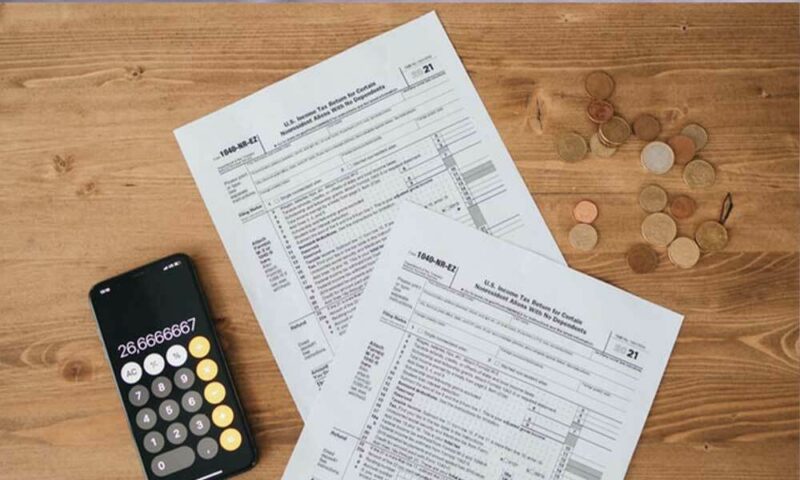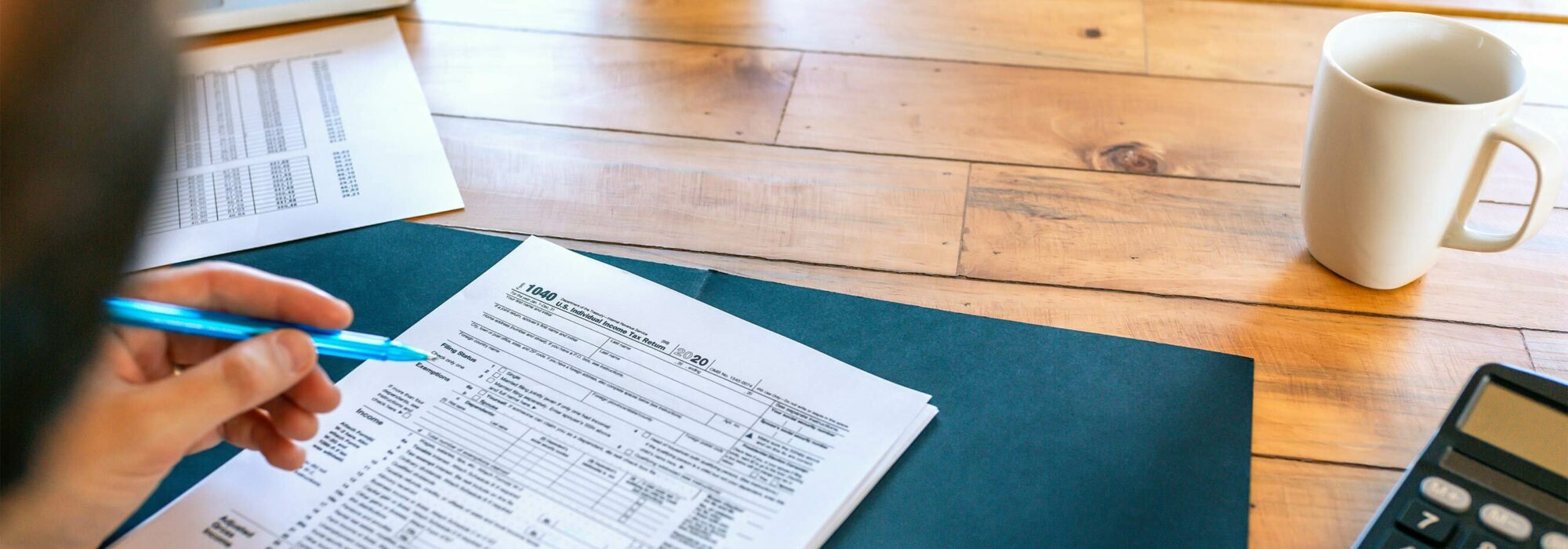Article Excerpt
Don’t spend money that’s not yours! Here are some tips on how to avoid common escrow problems with newly-constructed homes.
Many lenders use escrow accounts to make sure their borrowers have set enough money aside to pay property tax each year. But problems can occur with newly-constructed homes – especially when the lender hasn’t coached the borrower on what to expect.
What’s an escrow account?
An escrow account is a non-interest-bearing account that the lender sets up at closing. Part of the borrower’s monthly payment goes into this account to pay out future property taxes and homeowners insurance. When applicable, escrow funds can also go towards mortgage insurance, such as PMI for a conventional loan or MIP for an FHA loan.
The goal is to set this account up in such a way that there will be enough money to pay the future amounts due without going to the borrower for additional funds, known as an escrow shortage. As taxes and insurance gradually increase over time, the amounts collected in the monthly payment for escrow will inevitably need to be adjusted from time to time.
The general rule is to collect 1/12th of the annual insurance and taxes each month, at minimum. Mortgage servicers normally factor in a 2-month reserve cushion to help offset and absorb future increases in taxes and insurance premiums.
What happens with newly-constructed homes, and why?
Property taxes can increase significantly after the first year, but homeowners are not always prepared for the added expense. The problem typically arises from a sort of miscommunication between how counties appraise properties for tax purposes and how lenders collect money for tax escrow. Some of it depends on the time of year the loan is closing. A mortgage lender doesn’t have a crystal ball to know how much the tax office will assess the property for the following year, nor does it know exactly what the next year’s tax rate will be.
![Photo by Scott Lewis from Flickr [Creative Commons] New house](/images/articles/_generalPhotoStandard/New-House.jpg)
Photo by Scott Lewis from Flickr [Creative Commons]
Remember: ”NACHO” money!
On occasion, and especially with new construction homes, mortgage servicers perform an escrow analysis and not only lower the borrower's payment, but they also send escrow monies back to the client as if they had a surplus or overage in their account. This is usually a big mistake – because it’s not your (nacho) money!
Amid the excitement of new homeownership, it can be easy to forget to do these calculations. We call it NACHO money for that reason. If you cash the $10,000 check and make the lower payments for the next year, you will have a problem when the next tax bill comes out.
No one wants to come up with an escrow shortage in November when the holidays are just around the corner.
Rule #1: If the payment drops dramatically, call your Wood Group of Fairway Loan officer.
Rule #2: If you get a windfall refund, call your Wood Group of Fairway Loan Officer because it's 100% NACHO money and we can spare you the pain of an escrow shortage. We are trained to know what to look for. Just remember: If something on your mortgage payment looks too good to be true it probably is.
We recommend that homeowners deposit any escrow refund checks they receive into their savings account instead of spending the money. Better yet, they can send the money back to their escrow account to prevent a shortfall.
Tax Appraisals
Homeowners receive notice of their property’s appraised value for tax purposes in the spring, and property taxes are due at the end of the following January. For example, homeowners received notice of their home’s tax appraisal value for 2021 in the spring of 2021, and taxes for 2021 will be due by January 31, 2022.
When someone builds a new home on unimproved land, the tax appraisal for the first year might be based on the value of the unimproved land, or it might be based on that value for part of the year and the value of the land plus the improvements for the rest of the year. The following year, the tax appraisal will be based on the land and the improvements. The appraised value for the second year could therefore go up by a large amount. If it does, the property tax will go up, too.
Suppose, for example, that you build a home on a vacant lot with a tax appraisal value of $75,000, based on a tax appraisal issued in the spring of 2020. You build the house in the fall of the same year. The 2020 taxes are probably going to be based on the $75,000 because there was no home there as of January 1, 2020. In January 2021, however, the tax appraiser will determine the value based on a completed home. You will not know this amount until sometime in the following spring.
The new tax rates will also be set at the same time that tax notices go out in the fall of 2021. The 2021 taxes will either be unimproved, improved, or partially improved. If you have calculated taxes with the formula provided in this article (see below), then you should be in good shape regarding escrow. If the escrow payments have not been set up correctly, you may be caught off guard, especially if the improved value comes in at $400,000 and you have been making estimated tax payments based on a $75,000 value.
![Photo by Daniel X. O'Neil from Flickr [Creative Commons] Tax bill](/images/articles/_generalPhotoStandard/Tax-Bill_2022-02-11-171049_lxjc.jpg)
Photo by Daniel X. O'Neil from Flickr [Creative Commons]
Tax Escrow
When a lender sets up tax escrow for a newly-constructed house, they are required to set the escrow amount based on the property tax amount for the first year. Depending on the time of year, they normally do not collect improved tax escrows at a higher estimated value unless later in the year, or until the county issues a new appraisal. As a result, the amount they collect from a borrower for the first year of payments only covers the much lower amount of tax.
In the scenario described above, let’s suppose property tax is 2% of the tax-appraised value. The homeowner would owe $1,500 for the first year. In the second year, a new appraisal showing a value of $400,000 would raise the total tax to $8,000. For some homeowners, this comes as quite a shock. It’s the difference between collecting $125 per month and $687 per month for tax escrow, after all.

Photo by Polina Tankilevitch from Pexels
How to Prevent Problems from Happening
The best thing new homeowners can do to prevent this from happening is to be aware of it and plan ahead. As loan officers, we try to coach all of our borrowers about this at closing. It can take over a year for a tax escrow account to balance out. The good news is that this can happen quickly once the property is on the tax rolls as a 100% completed property.
Calculating Your Own Escrow
If you do not like surprises when it comes to your property tax bill, here is the “wise” counsel. The best “no surprise” formula is to take the sales price, multiply it by the current tax rate, and divide that by 12 months to determine your monthly escrow payment.
With new construction, it is usually a good idea to check the Tax Appraisal District website in the spring after your closing — usually May — to look for an estimate of taxes. Divide that estimated amount by 12 and compare it to what your lender collecting for escrow. If your number is higher than what the lender counseled at closing, you might start adding additional escrow funds in anticipation of a higher tax bill in the fall. If the Appraisal District’s estimated value is higher than what you paid, you can also appeal the amount of the appraisal.
Have a Detail-oriented Loan Officer on Your Side
Many homebuyers could have avoided tax escrow problems if their loan officer were to have been more thorough and educational during the mortgage process.
We won’t hang you out to try. You’ll understand the ins and outs of buying a newly-constructed home when you work with The Wood Group of Fairway.
Get started on a free pre-approval with the lender Texans Trust!



